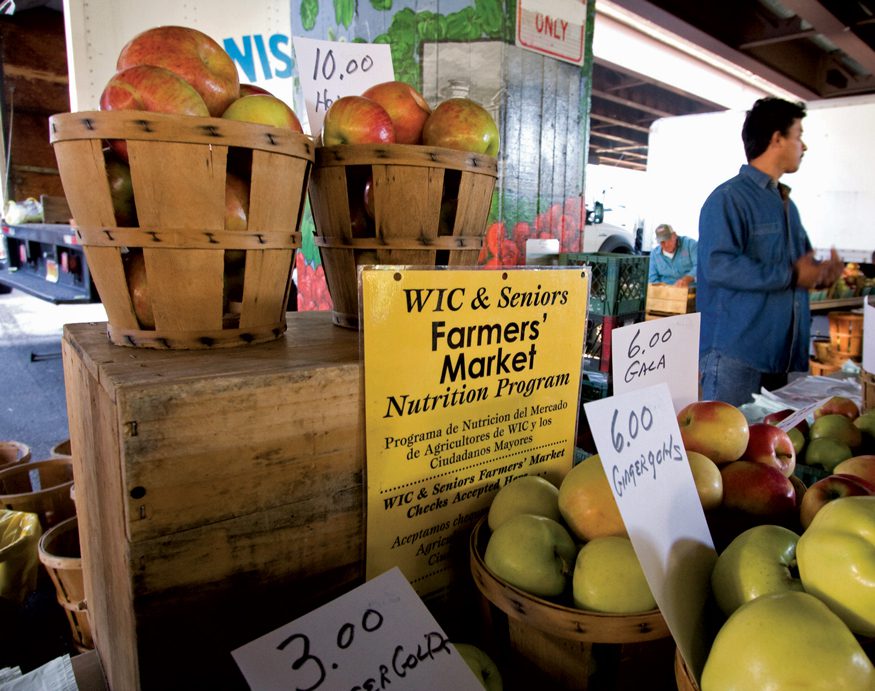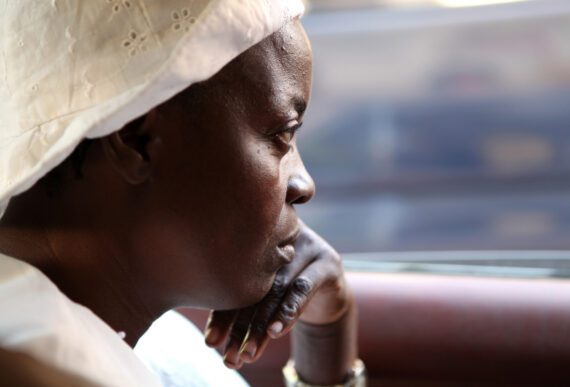By Stefanie Casdorph
Older Americans, especially those between the ages of 50-59, are at acute risk of food insecurity because they have yet to reach retirement age and as a result are ineligible for safety net programs like Medicare and Social Security.
Six million Americans fall into this age bracket. The finding is from a new report, “Baby Boomers and Beyond: Facing Hunger after Fifty,” by Feeding America with support by the AARP Foundation.
“Unlike child hunger, hunger for older Americans is often an invisible problem,” said Lisa Davis, senior vice president of government relations at Feeding America. “These older adults do not come to school every day, they often live alone, and it is difficult to notice issues of hunger and malnutrition.”
The report, which analyzes the hunger needs of adults age 50 and older, was discussed on Monday at a Capitol Hill briefing. Other key findings include:
- 81 percent of older adult households are food insecure
- 68 percent of older adult households live in poverty based on their annual income
- 52 percent of older adult households receive SNAP (formerly food stamps) benefits
- 38 percent of older adult households water down food or drink
Over the next two decades, approximately 10,000 individuals will turn 65 each day. By 2050, the population age 65 and older is expected to reach 84 million, almost doubling from its current size. This growing population faces many challenges such as increased health issues, limited earning potential, and heightened nutritional needs.
This constellation of problems can only exacerbate the hunger issue for older Americans. As adults grow older they experience a decrease in their income. The annual medium income for individuals between the ages of 65 and 74 was $24,644 compared to $38,634 for those ages 45 to 54, the report says.
The average working household has little, if any, retirement savings. Many older adults rely on fixed incomes that include Social Security or Supplemental Security Income benefits. For 24 percent of those 65 or older, Social Security benefits are the only source of income.
Eating the proper foods is essential to older adults staving off future health problems. More than half, 57 percent, of respondents 50 and older described their own health as fair or poor, the report says. A proper nutritional diet can reduce or eliminate symptoms of certain diseases, whereas a suboptimal diet can cause new or exacerbate existing symptoms.
As older adults try to manage their budget, they often have to choose between nutritious food and other expenses such as medical bills, housing, transportation, utilities, and medication. The Feeding America network annually provides food assistance to 13 million older adults age 50 and older.
At the Capitol Hill briefing, Jim Lutzweiler, vice president for the Hunger Impact Area program at AARP Foundation, spoke passionately about the hunger hardships that face older Americans. He said that the conversation about hunger and what it means for these older American needs to change.
“We need to ensure proper nutrition over time and we need to work to end hunger,” he said. “Many organizations, both private and public, are just feeding people. But the numbers are headed in the wrong direction. We need to find solutions that are not just feeding people, but ending hunger.”
Stefanie Casdorph is a summer intern in the communications department at Bread for the World.
Photo: Federal nutrition programs are finding ways to connect people, especially older Americans, with a healthy selection of foods. Jim Stipe for Bread for the World.



